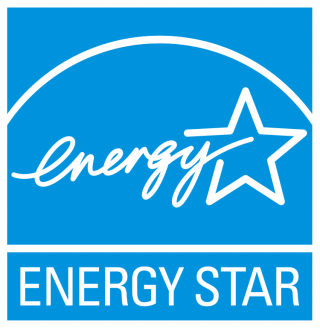Sioux City, Iowa, Earns Top Three Ranking Among EPA’s 2021 Top Small-Size Cities for ENERGY STAR® Certified Buildings
The city is cutting energy costs while increasing efficiency and reducing emissions
Environmental News
FOR IMMEDIATE RELEASE

The Sioux City area had 19 certified ENERGY STAR buildings encompassing over 2.2 million square feet in floor area. Those buildings saved over $963,000 in energy costs and the energy equivalent of 1,404 homes' electrical use for one year.
“Cities and communities play an essential role in reducing energy use in commercial and multifamily buildings,” said EPA Administrator Michael S. Regan. “With help from ENERGY STAR, city leaders and building owners are working together to strengthen their economies and reduce the emissions that lead to climate change.”
Commercial buildings are responsible for 18% of the nation’s energy use and cost over $190 billion per year in energy bills. ENERGY STAR-certified buildings use an average of 35% less energy and are responsible for 35% less carbon dioxide emissions than typical buildings.
First released in 2009, EPA’s list of cities with the most ENERGY STAR-certified buildings shows how buildings across America are embracing energy efficiency as a simple and effective way to save money and reduce greenhouse gas emissions. To create the annual list, EPA tallies the number of ENERGY STAR-certified buildings within each metropolitan area, as defined by the U.S. Census. These areas include the city itself as well as surrounding suburbs. View this year’s Top Cities.
Across the country, nearly 6,500 commercial buildings earned the ENERGY STAR last year.
As of the end of 2020, over the lifetime of the program, more than 37,000 buildings across America had earned EPA’s ENERGY STAR certification. Together, these buildings have saved over $5 billion on energy bills and prevented nearly 22 metric tons of greenhouse gas emissions – equal to the annual emissions of over 2.6 million homes.
To earn EPA’s ENERGY STAR, a commercial building must earn an ENERGY STAR score of 75 or higher on EPA’s 1-to-100 scale, indicating that it is more energy-efficient than 75% of similar buildings nationwide. When calculating a building’s score, ENERGY STAR takes into account multiple factors, including hours of operation, energy use, and occupancy. This means that, despite buildings operating differently during the COVID pandemic, ENERGY STAR scores and certification still reflect actual, measured energy efficiency.
About ENERGY STAR
ENERGY STAR® is the government-backed symbol for energy efficiency, providing simple, credible, and unbiased information that consumers and businesses rely on to make well-informed decisions. Thousands of industrial, commercial, utility, state, and local organizations – including nearly 40% of the Fortune 500® – rely on their partnership with EPA to deliver cost-saving, energy-efficient solutions. Together, since 1992, ENERGY STAR and its partners have helped American families and businesses save 5 trillion kilowatt-hours of electricity, avoid over $450 billion in energy costs, and achieve 4 billion metric tons of greenhouse gas reductions, all through voluntary action.
- Learn more about ENERGY STAR.
- Learn more about ENERGY STAR Top Cities, including the 2021 ranking of top small and mid-size cities, as well as last year’s rankings.
- Search for ENERGY STAR-certified buildings.
- Learn more about earning the ENERGY STAR certification for commercial buildings.
# # #
Learn more about EPA Region 7
View all Region 7 news releases
Connect with EPA Region 7 on Facebook: www.facebook.com/eparegion7
Follow us on Twitter: @EPARegion7
